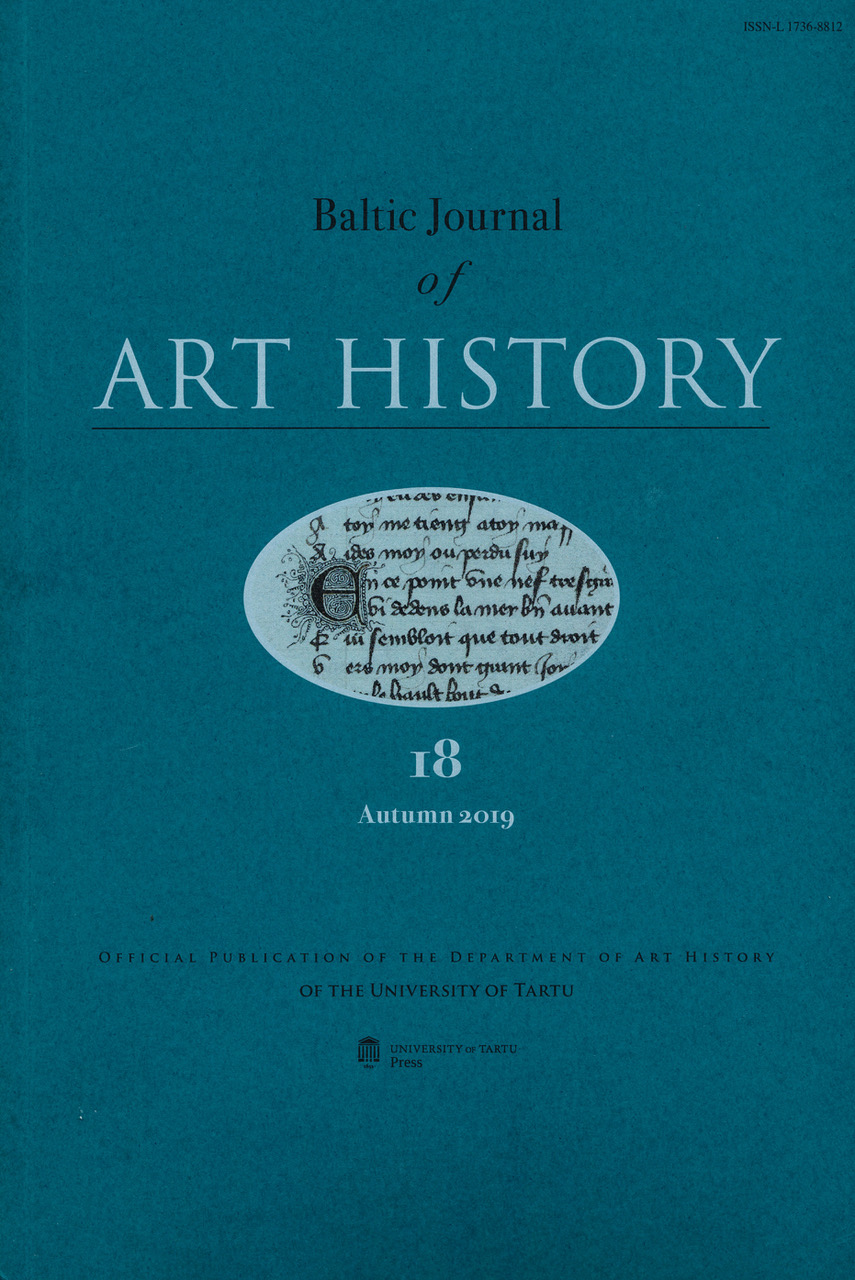INIURIA, IUSTITIA, PASSIO, PATIENTIA ET VICTORIA. ZUM FRÜHNEUZEITLICHEN BILD- UND TEXTPROGRAMM AUF DEM MITTELALTERLICHEN ALTARRETABEL IN DER KIRCHE VON PÖNAL (EST. LÄÄNE-NIGULA), 1598
Keywords:
Christian humanism, adaptation of medieval Catholic altarpieces in the Early Modern Period, Catholic and Lutheran iconography, reception of Dutch and Flemish engravings, reception of Classical metres, reception of the Bible, Baltic-German nobility, Early Modern gender studiesAbstract
The article focuses on the Early Modern pictorial and textual
programme of the late medieval altarpiece of Lääne-Nigula Church.
The study examines the new iconographic programme of the 1598
altarpiece, its textual and pictorial models. The relationship between
the text and image is also analysed. The article looks at how the
images of virtues and female saints, as well as Latin verses, are
related to the Biblical scenes and the German-language text.
The analysis takes a closer look at potential donors, who were
members of influential Baltic-German noble families (the Uexkülls,
Tittfers, Hoesedes and Farensbachs). The Early Modern iconography
of the altarpiece, inspired by Christian humanism and contemporary
Flemish engravings, points to the potential female donors. Therefore,
the article takes a closer look at the family history of the donors in the
context of the complicated political history of Livonia in the second
half of the 16th century and its direct relationship to the renewed
pictorial and textual programme of the altarpiece.

